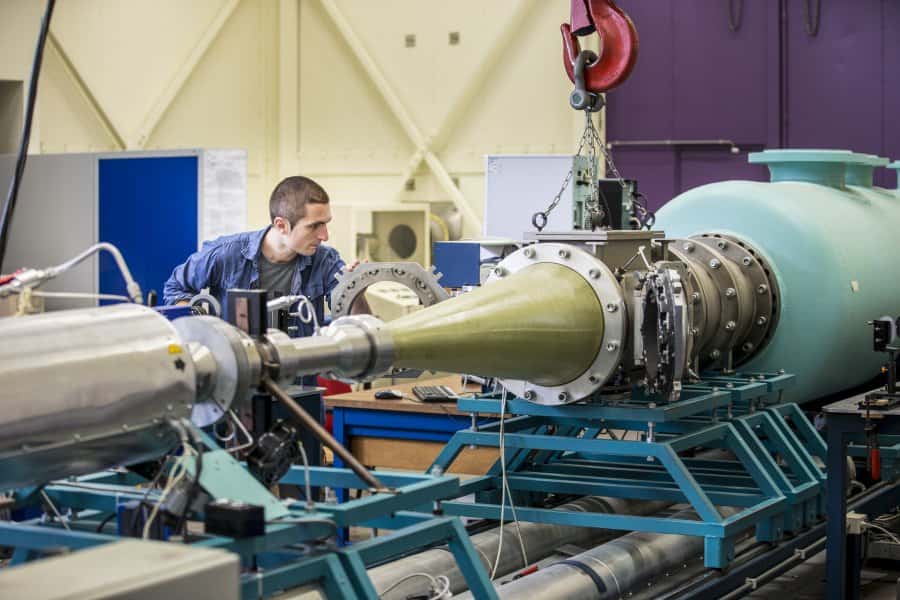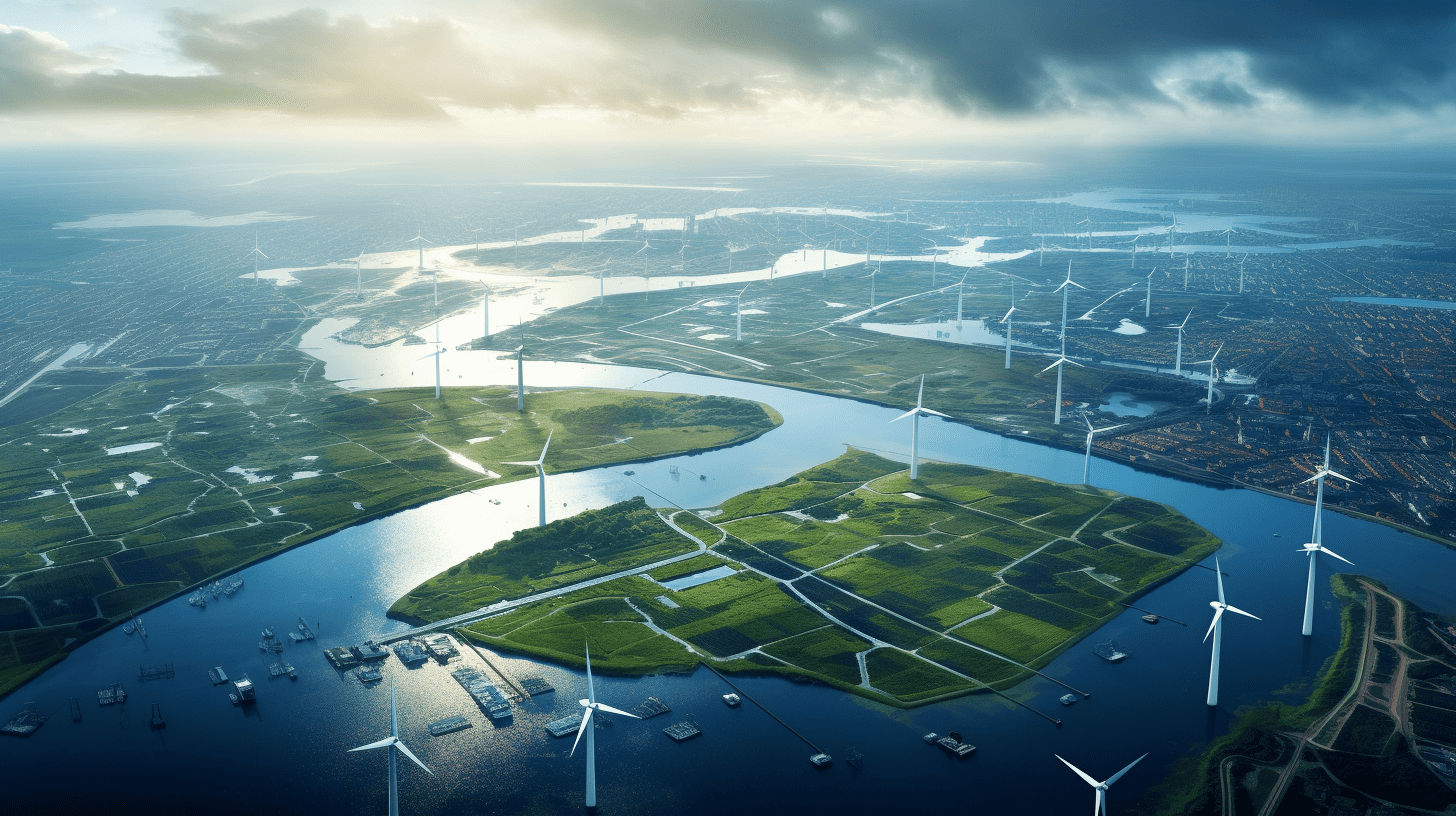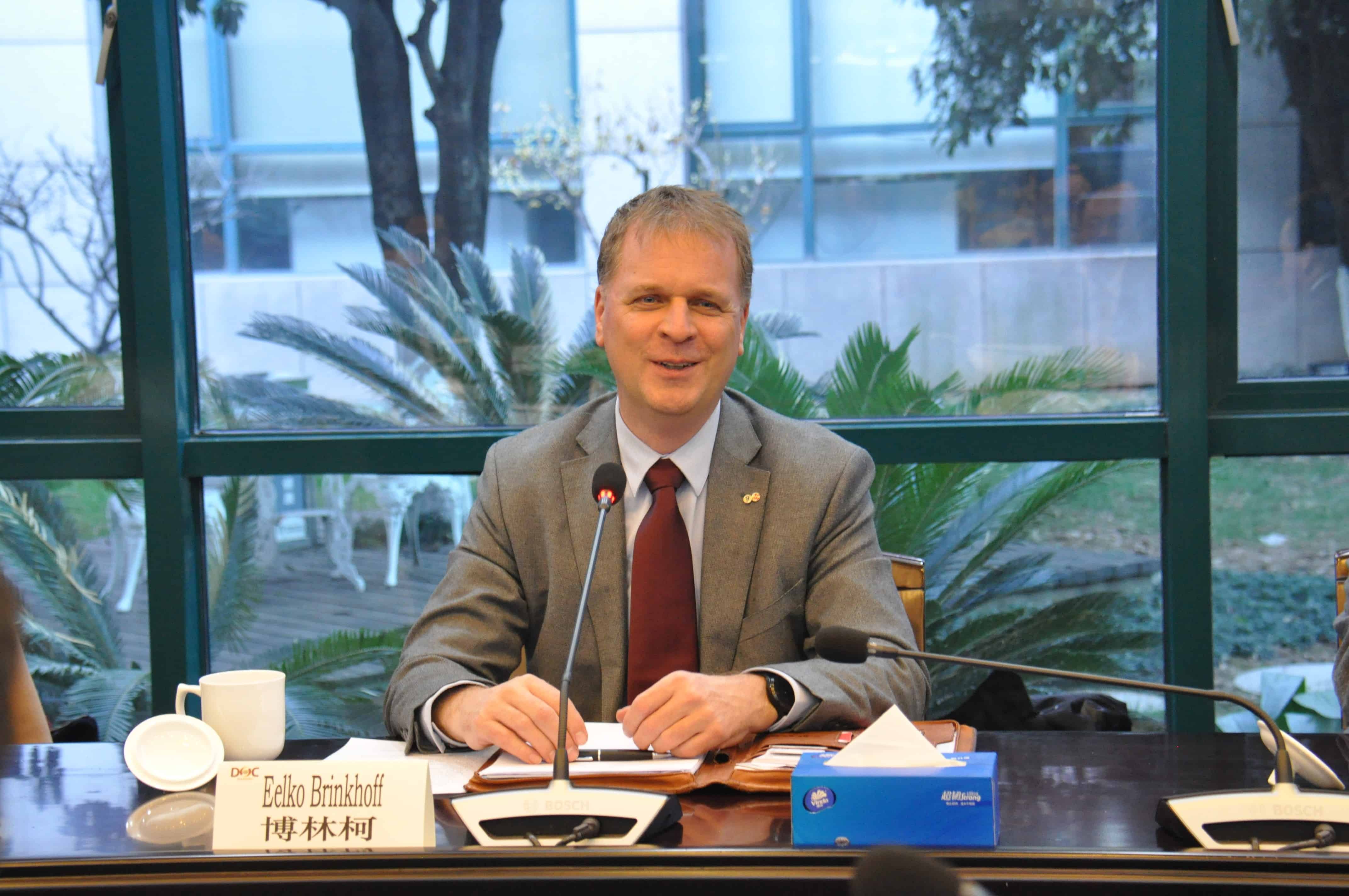
How can scientists – together with companies and societal organizations – accelerate the transition to renewable energy and mobility? And how can you help?
My dream has come true!
This week I received HUGE news: NEON, a large research proposal that I had written (together with 20 professors and 20 companies) has been approved by the NWO (the Dutch Research Council) ! We are going to hire 32 scientists to figure out how we can transition to renewables in the fastest and most cost effective way. Our focus is on The Netherlands although most of the research will have worldwide relevance.
For me personally, this is all still a bit surreal. I devoted 4 months of my spare time to a wild, improbable idea that I woke up with and now it has actually panned out. Literally a dream come true!
An honor to work with
I must thank Ben Rutten who introduced the subsidy program to me and worked relentlessly to bring in new partners, cajole signed letters from supporting companies in time and fill the holes in the proposal. Thanks Ben! Prof. Maarten Steinbuch was our inspiring and quick-acting pillar of strength. Prof. Floor Alkemade improved the proposal time and time again. And then there are Naud (!), Reint-Jan, Saskia, Korneel, Pavol, Rudi, Derk, Jan, Geert, Roland and many, many others. It’s an honor to work with you all!
What are we going to do?
The legal department has warned me not to mention specifics until the consortium agreement is signed by everyone. But the gist of it can be easily explained using this picture:

The outer edge featuring work package 1-6 contains the technological components. We also look at possible breakthrough technologies. E.g. solar panels integrated in roofs and kites and planes that harvest wind energy using far fewer materials. Electric ships. Chargers that connect trucks and ships directly to the medium voltage grid. Car sharing along with the combination of personal and freight transport. Et cetera.
The inner rings depict psychologists, lawyers and transition experts who will try to determine what is needed to integrate these technologies into our society and whether we actually want that. Do we like wind energy from kites because they are less visible and less noisy or do we dislike them? How do we reward charging vehicles etc outside of peak hours? How do we achieve energy justice? And so on.
All that is stitched together using the integral model (my baby, together with Prof. Floor Alkemade). This model allows us to gather all the input of the other work packages and to quantify them into scenarios that policymakers can use to address climate, energy and mobility challenges.
Eyes outside our bubble
What can you do?
I think what they say is true : scientists have a habit of staying in their ivory towers. Often they only look at the scientific literature that could easily be 5 or 10 years behind the newest developments in terms of e.g. market prices and the energy consumption of factories. They also tend to focus on their own discipline and remain in blissful ignorance of developments in other disciplines, never mind politics and society. So we really benefit from people like you being our eyes and ears outside of our bubble.
I also think scientist should try harder to provide facts in the polarized discussions surrounding climate, energy and mobility. If you read my other articles on this site, you see that can cost a lot of time. We really do need help from people when it comes to signalling the spread of fake news and also help with dismissing it.
So I know I can use help, but to be honest I’m not yet sure how to go about organizing that and what you are willing to help with. (It will be mostly unpaid work.) Some ideas:
Contribute to a wiki with up to date numbers (and sources) for use in scenarios.
Moderate the wiki.
Alert us to fake news (e.g. by tagging on twitter).
Dismiss fake news by pointing to our wiki.
Post-processsing of videos from scientists like me explaining things.
Et cetera.
I would love to hear more ideas on twitter in this thread.








